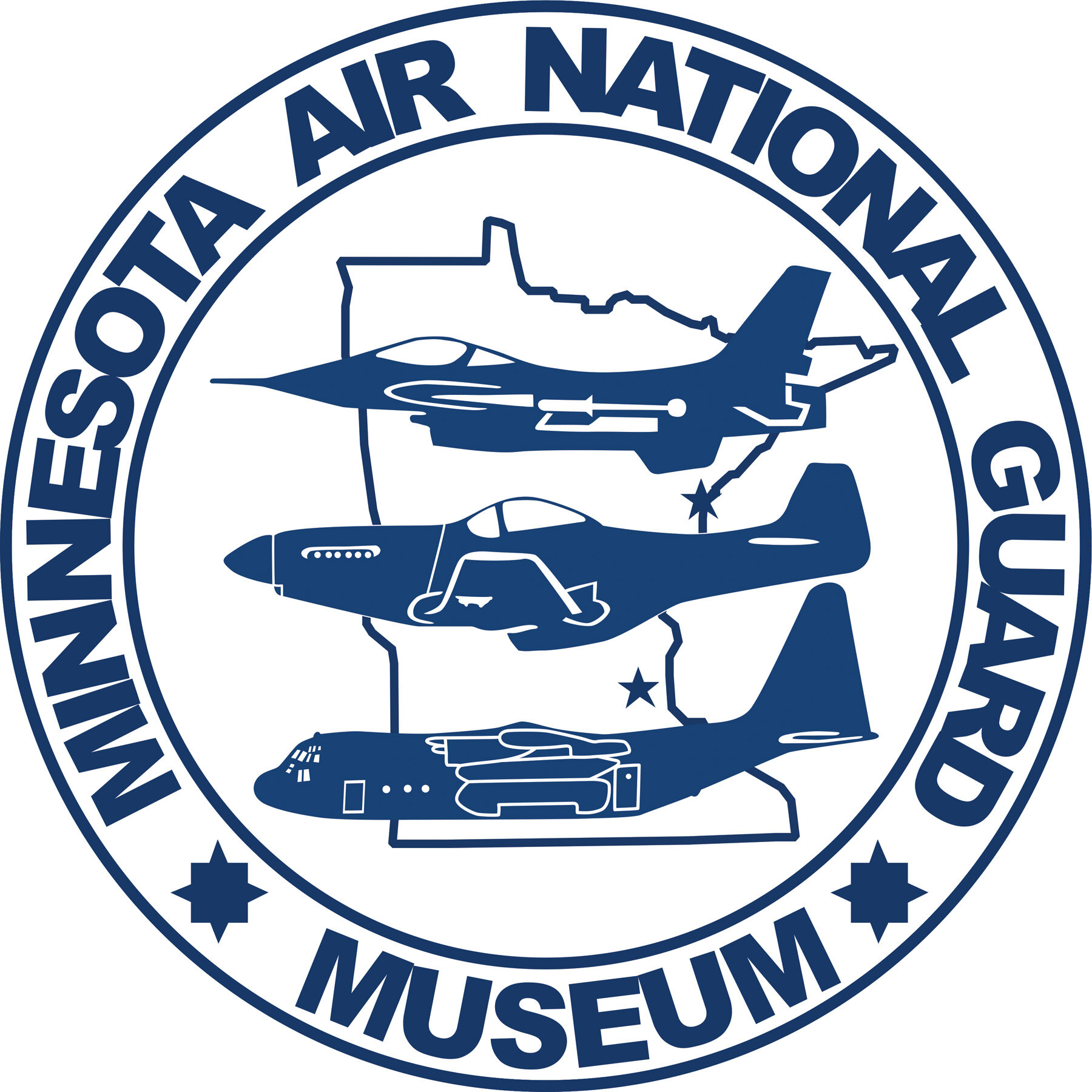LOCKHEED F-94C STARFIRE
USAF SERIAL NUMBER 51-13563
Manufacturer:
Designation:
Version:
Name:
Nickname:
Type:
Brief History
The F-94C was flown by the 109th Fighter-Interceptor Squadron and the 279th Fighter-Interceptor Squadron of the Minnesota Air National Guard from 1954 to 1959. The F-94 was built to a 1948 USAF specification for a radar-equipped interceptor specifically designed to counter the threat of the USSR’s new Tupolev TU-4 bombers (a reversed-engineered Boeing B-29). The F-94 was derived from the Lockheed T-33A Shooting Star, a two-seat trainer version of the F-80 Shooting Star. A lengthened nose area with guns, radar, and an automatic fire control system was added.
The first flight was on 16 April 1949, with 855 being built. The F-94 was to be the first US production jet with an afterburner. The last F-94s were retired in 1960. The F-94 was used in combat during the Korean War, credited with several air-to-air victories, including the first jet vs. jet night victory. One F-94 is listed as lost due to enemy action, six more to non-enemy causes on combat missions, two were declared as missing on a combat mission, and three were lost in accidents.
Interesting Facts
The museum F-94 was rescued from a playground in Marion, South Dakota. Having been derived from the T-33 and F-80 aircraft, the F-94 had a seventy-five percent commonality with parts from those two aircraft.
Dimensions
Fuselage Length: 44 Feet, 6 Inches
Wingspan: 42 Feet, 5 Inches
Height: 14 Feet, 11 Inches
Weights
Empty Weight:
Max Takeoff Weight:
Payload:
Propulsion
Powerplant: 1 Pratt & Whitney J48-P-5 turbojet, Thrust with afterburner 8,750 pounds
Horsepower:
Performance
Range: 805 Miles (combat)
Cruise Speed:
Max. Speed: 640 MPH
Ceiling: 51,400 Feet
Crew & passenger capacity
Crew: 2
Capacity:
Armament
24 or 48 2.75 Inch MK 4/MK 40 Folding Fin Aerial Rockets





